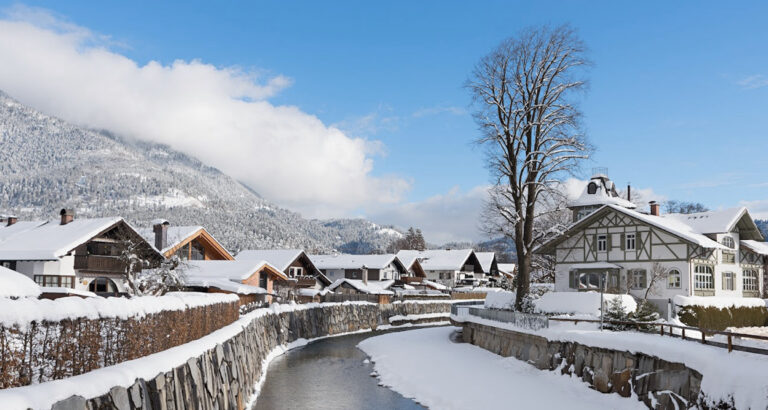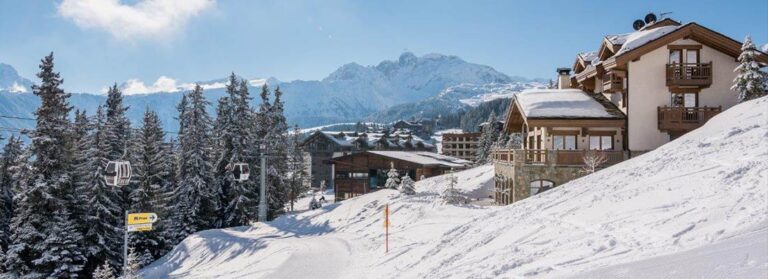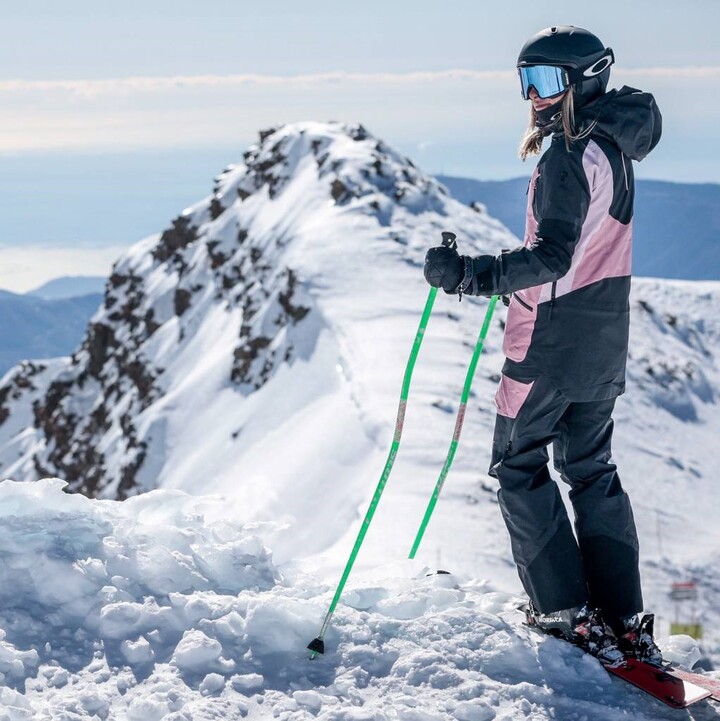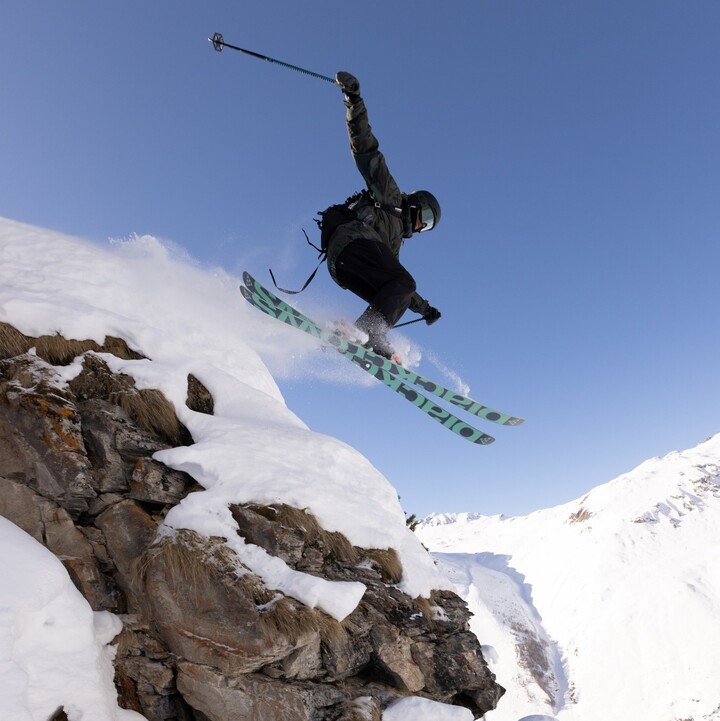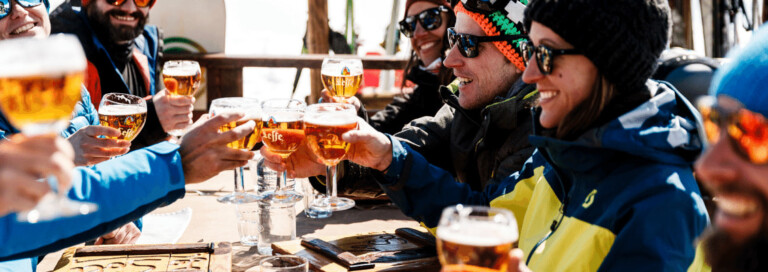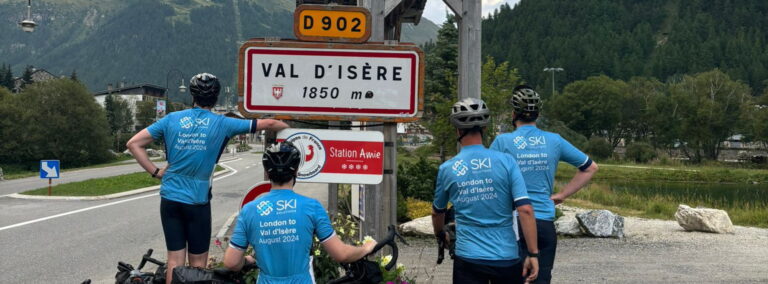To make the most of your ski holidays, you’ll need energy, fitness and stamina. Whether you prefer cruising down blues or challenging yourself on the black runs, skiing works the majority of your muscles, and being fit means you’ll have less risk of injury. Not only this but the stronger you are, the more you’ll enjoy your trip, as you’ll have extra energy to keep you skiing until last lifts.
The best way to get ready is to train your muscles, improve your flexibility and focus on your ski fitness in advance. Fortunately, this can be easily achieved while still on home soil – and in some cases, without even leaving the house. From improving your form to endurance, here are our top tips to get you fighting fit for the slopes.

1. Cardiovascular fitness
Whether you’re a boarder or a skier, to make the most of a full day on the slopes, you’ll need stamina. A strong cardiovascular system will keep you going and, if you strain a muscle, improve your recovery time. A great way to replicate the intense bursts of effort needed for skiing and snowboarding is interval training. Interval training involves a series of alternate high and low-intensity bursts, aimed at increasing heart rate and endurance.
If you’re heading off on a family ski holiday, persuade the gang to go for a run after work or school, or head off on a bike ride at the weekend. Cycling is an intense workout for the core muscles used in skiing and snowboarding. The quadriceps and gluteal muscles provide most of the power as you tear down the slopes, and cycling will improve the endurance and strength of both. A spinning class at your local gym is a great alternative to help with your ski fitness.

2. Balance
Exercises that work key supporting muscles will help you get stable and balanced on the slopes. Ice skating or rollerblading, like skiing, require an exceptional level of balance and are the perfect way for you to become steadier on your feet. Focus on the edges of movements, and try to make smooth, controlled turns. The control needed translates to carving on the slopes and is great practice for the season ahead. It’s also a great opportunity to try out sharp turns and stops and have some fun along the way.
Another good ski fitness exercise to try is a squat with step out. Just perform a normal squat, getting as low as you can, then step one foot out to the side. Stand up and repeat, using the other leg. This will work your core as well as stabilise knees and hips.

3. Flexibility
Flexibility is key to your ability to turn freely and stay balanced on skis. The ankles, calves, hips and lower back are all particularly important areas to focus on. Try the following ski fit exercises, holding each position for at least 15 seconds at a time. Make sure you always stretch after exercising, as this helps prevent muscles from cramping; twelve minutes of cool-down stretching is a good amount to aim for.
Transverse oblique twist – Try a transverse oblique twist to increase your motion range through the back, hips and oblique’s. Simply lie flat on a mat, lift the right leg straight up with the foot pointing in the air, and then lay the leg over your left side, without allowing your right shoulder to come off the ground. Repeat with the other leg.
Straight leg hang – To work on the hamstrings and lower back, perform a ‘straight leg hang’ by standing with your feet together, locking your knees and then reaching your hands straight down towards your toes.
Quadriceps Stretch – Finally, target quadriceps by standing and bending one leg behind you at the knee and holding the ankle as close to your glute as you can.
Yoga is the ultimate tool for boarders and skiers looking to stay flexible on the slopes. Many accidents occur because our bodies simply aren’t used to – or prepared for – the physical exertions that we put them through during the ski season. Try building a regular yoga session into your ski fitness routine; either sign up to a local class or work on this at home.
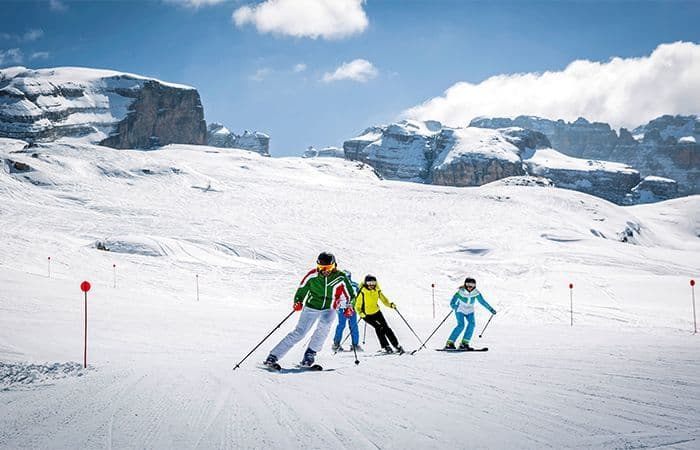
4. Core Strength
Developing your core strength an essential part of ski fitness for keeping your weight distribution even. Without this stability, it’s easy to tip forwards over your skis, and land face first in the snow. Exercises that strengthen the lower back, stomach and transverse abdominal muscles will help you to cope with more challenging terrain.
Start by lying on your back with your knees in the air and feet on the ground. With your hands feel the gap between the arch of your back and the ground and then use your core muscles to move your back all the way down to the ground. Slowly raise your back until it’s halfway to your original position. From here, you can develop your core strength by lifting one leg and pulling it towards the hips and then away. Repeat five times on each side for a total of three sets.
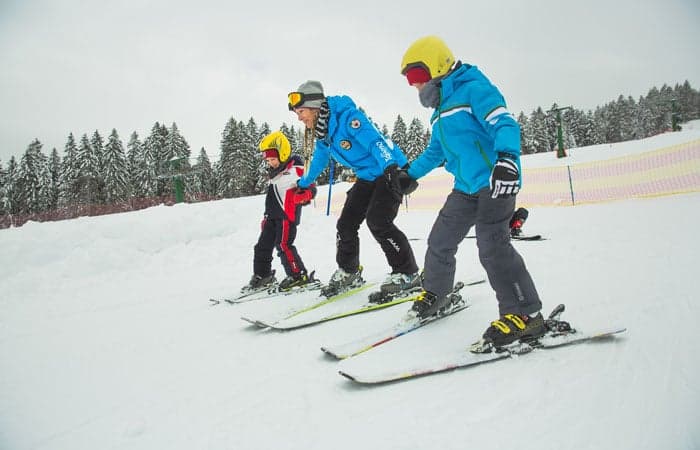
5. Legs and Knees
Leg strength is vital for any type of skiing, especially in terms of avoiding knee injuries. The ‘wall-sit’ is a simple do-anywhere ski fit exercise that requires nothing more than a flat wall. Lean up against the wall with your feet flat on the ground in front of you. Slide your back slowly down the wall until your thighs are parallel to the floor and it looks as if you’re sitting in an invisible chair. Hold this position for 30 seconds and aim to increase this time by a few seconds each time you practice.
To focus on knees, try out some single-leg squats – use your ski poles for balance, and extend the leg you are not standing on out in front of you as you lower yourself into a squat. These are the perfect exercise for improving your quadriceps and hamstring muscles, as well as your core and hip flexors. It will also help to improve your balance.
If you’re looking for the motivation to start on your ski fitness routine, speak to our experts on 0207 471 7700 and get your next trip to the mountains booked.







